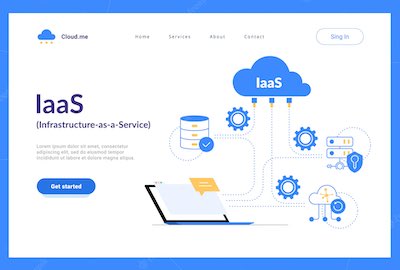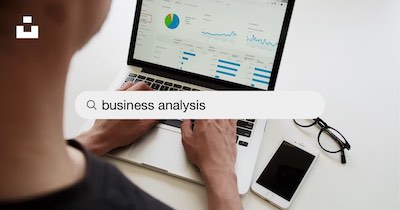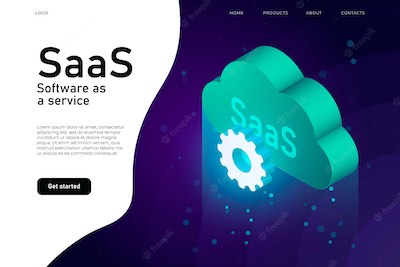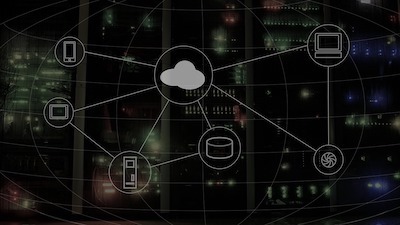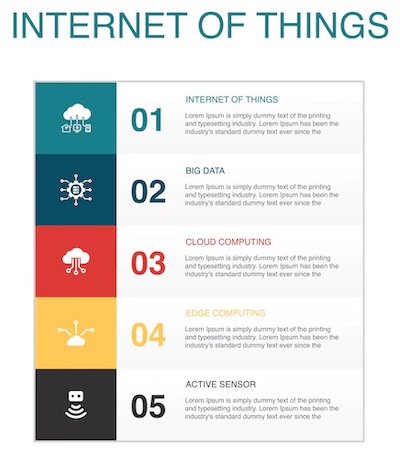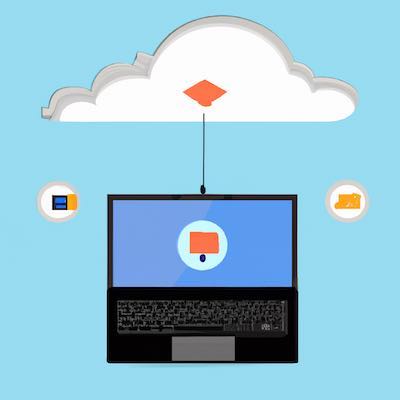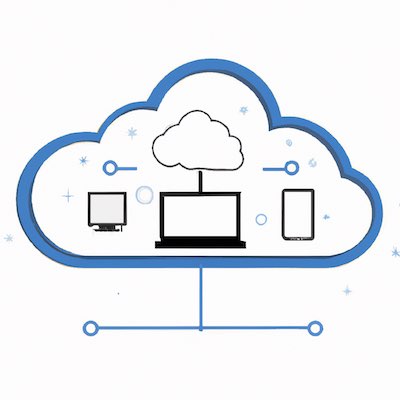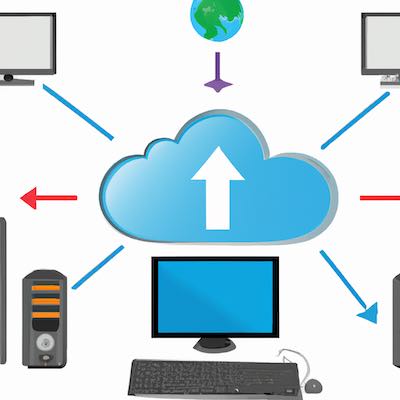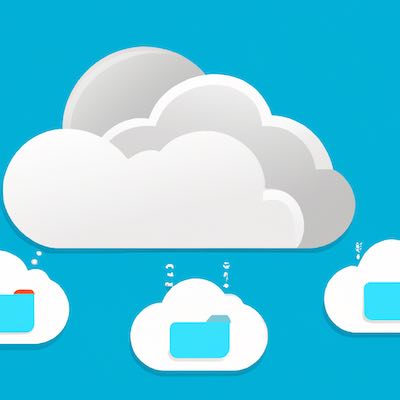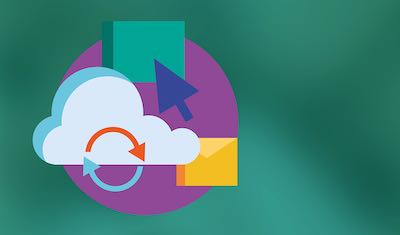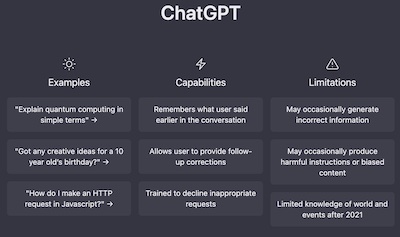 ChatGPT can be used to help users understand and utilize different types of cloud computing services, such as Software as a Service (SaaS), Platform as a Service (PaaS), and Infrastructure as a Service (IaaS).
ChatGPT can be used to help users understand and utilize different types of cloud computing services, such as Software as a Service (SaaS), Platform as a Service (PaaS), and Infrastructure as a Service (IaaS).
SaaS is a type of cloud computing service that allows users to access and use software applications over the internet, without the need for installation or maintenance. Examples of SaaS include email platforms like Gmail and Microsoft Outlook, and productivity tools like Microsoft Office 365 and Google Docs. ChatGPT can be used to provide information and guidance on how to use these types of SaaS applications, as well as to provide troubleshooting assistance if needed.
PaaS is a type of cloud computing service that provides users with a platform for developing, testing, and deploying software applications. Examples of PaaS include Microsoft Azure and Google App Engine. ChatGPT can be used to provide information and guidance on how to use these types of PaaS platforms, as well as to provide troubleshooting assistance if needed.
IaaS is a type of cloud computing service that provides users with virtualized computing resources, such as servers and storage, over the internet. Examples of IaaS include Amazon Web Services (AWS) and Microsoft Azure. ChatGPT can be used to provide information and guidance on how to use these types of IaaS services, as well as to provide troubleshooting assistance if needed.
Overall, ChatGPT can be a valuable tool for users looking to understand and utilize cloud computing services such as SaaS, PaaS, and IaaS. It can provide information and guidance on how to use these services, as well as troubleshoot any issues that may arise.
Examples of how ChatGPT can be used to provide information and guidance on Cloud Computing
Here are a few examples of how ChatGPT can be used to provide information and guidance on cloud computing:
-
Understanding SaaS: A user could ask ChatGPT questions such as "What is SaaS?" or "Can you give me examples of SaaS applications?", and ChatGPT can provide a clear and concise explanation of what SaaS is and provide examples of popular SaaS applications such as Gmail, Salesforce, Zoom, etc.
-
Utilizing PaaS: A user could ask ChatGPT questions such as "How do I use a PaaS platform like Azure to deploy my application?", ChatGPT can provide detailed instructions on how to create an account, set up a virtual machine, deploy the application, and troubleshoot any issues that may arise.
-
Managing IaaS: A user could ask ChatGPT questions such as "How do I set up a virtual private cloud on AWS?", ChatGPT can provide instructions on how to set up a VPC, create subnets, configure security groups, and connect to the VPC using VPN.
-
Cost Optimization: A user could ask ChatGPT questions such as "How can I reduce my AWS costs?", ChatGPT can provide suggestions such as turning off non-essential instances when not in use, selecting the appropriate instance types, and using reserved instances to save money on long-term usage.
-
Cloud Security: A user could ask ChatGPT questions such as "How do I secure my cloud infrastructure?", ChatGPT can provide suggestions such as using encryption, multi-factor authentication, and setting up security groups and firewalls to protect the cloud infrastructure.
These are a few examples of how ChatGPT can be used to provide information and guidance on cloud computing. The model's ability to understand natural language, provide explanations and instructions and the ability to troubleshoot issues makes it an ideal tool to assist users in understanding and utilizing cloud computing services.
How ChatGPT can help with analysing the advantages and disadvantages of using Cloud Computing
ChatGPT can help users analyze the advantages and disadvantages of using cloud computing by providing information and guidance on the various benefits and drawbacks of this technology.
Advantages:
- ChatGPT can provide information on how cloud computing can increase scalability and flexibility, allowing users to easily scale up or down their computing resources as needed.
- ChatGPT can explain how cloud computing can reduce costs by eliminating the need for expensive hardware and software, and by allowing users to pay for only the resources they need.
- ChatGPT can provide information on how cloud computing can improve collaboration and accessibility, allowing users to access and share files and applications from anywhere with an internet connection.
- ChatGPT can also mention how cloud computing can provide better disaster recovery and business continuity, as the data and applications are stored remotely on a cloud provider's infrastructure.
Disadvantages:
- ChatGPT can explain how cloud computing can lead to security concerns and data breaches if the cloud provider's security measures are inadequate or if the user's own security practices are lax.
- ChatGPT can provide information on how cloud computing can lead to vendor lock-in, where a user becomes dependent on a specific cloud provider and may have difficulty switching to a different provider.
- ChatGPT can also mention how cloud computing can lead to increased latency and decreased performance if the cloud provider's servers are located far away from the user.
- ChatGPT can also explain how cloud computing can lead to regulatory compliance issues if the user's data is stored in a different country with different data protection laws.
By providing information on both the advantages and disadvantages of cloud computing, ChatGPT can help users make informed decisions about whether this technology is the right fit for their needs.

